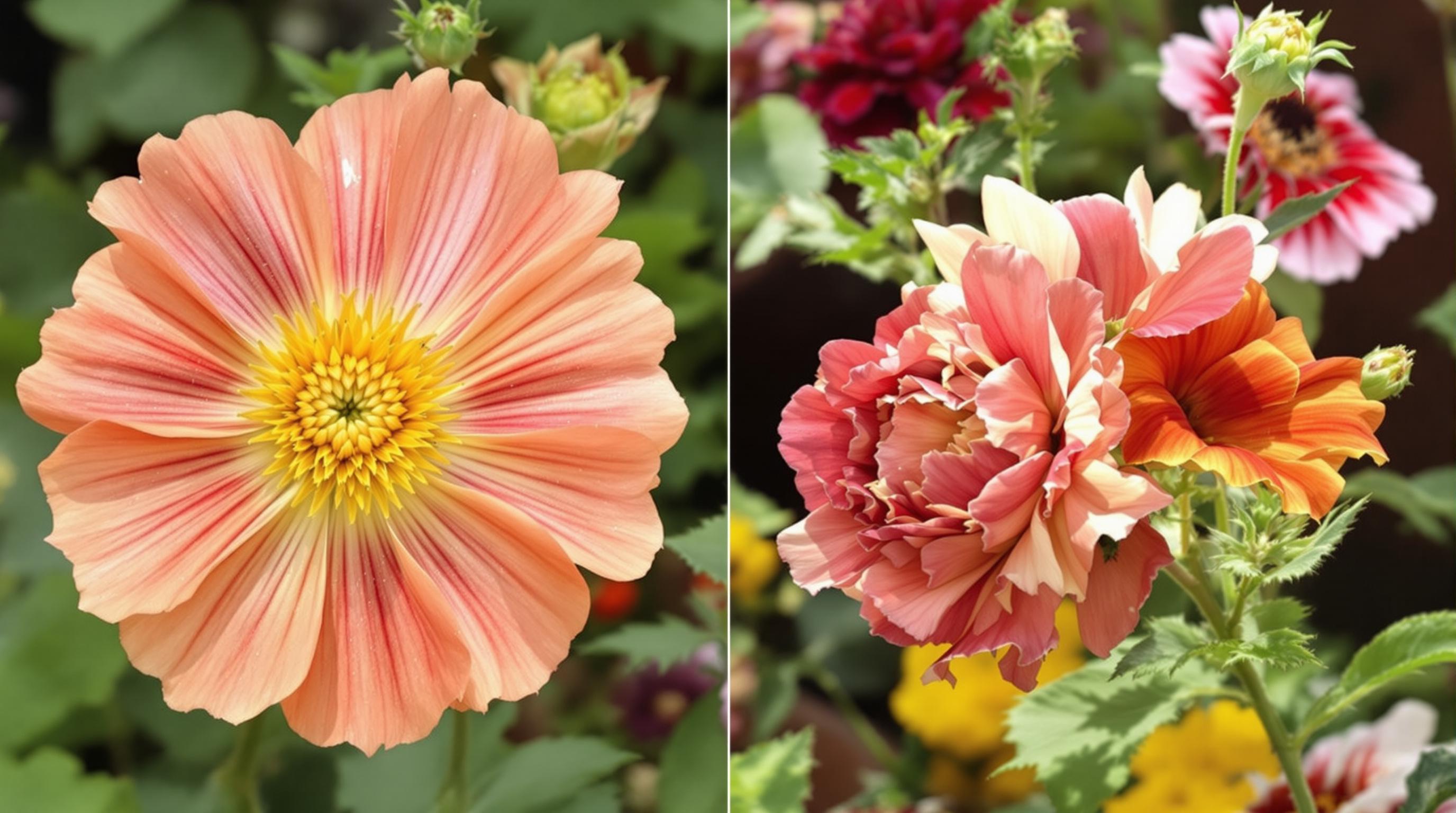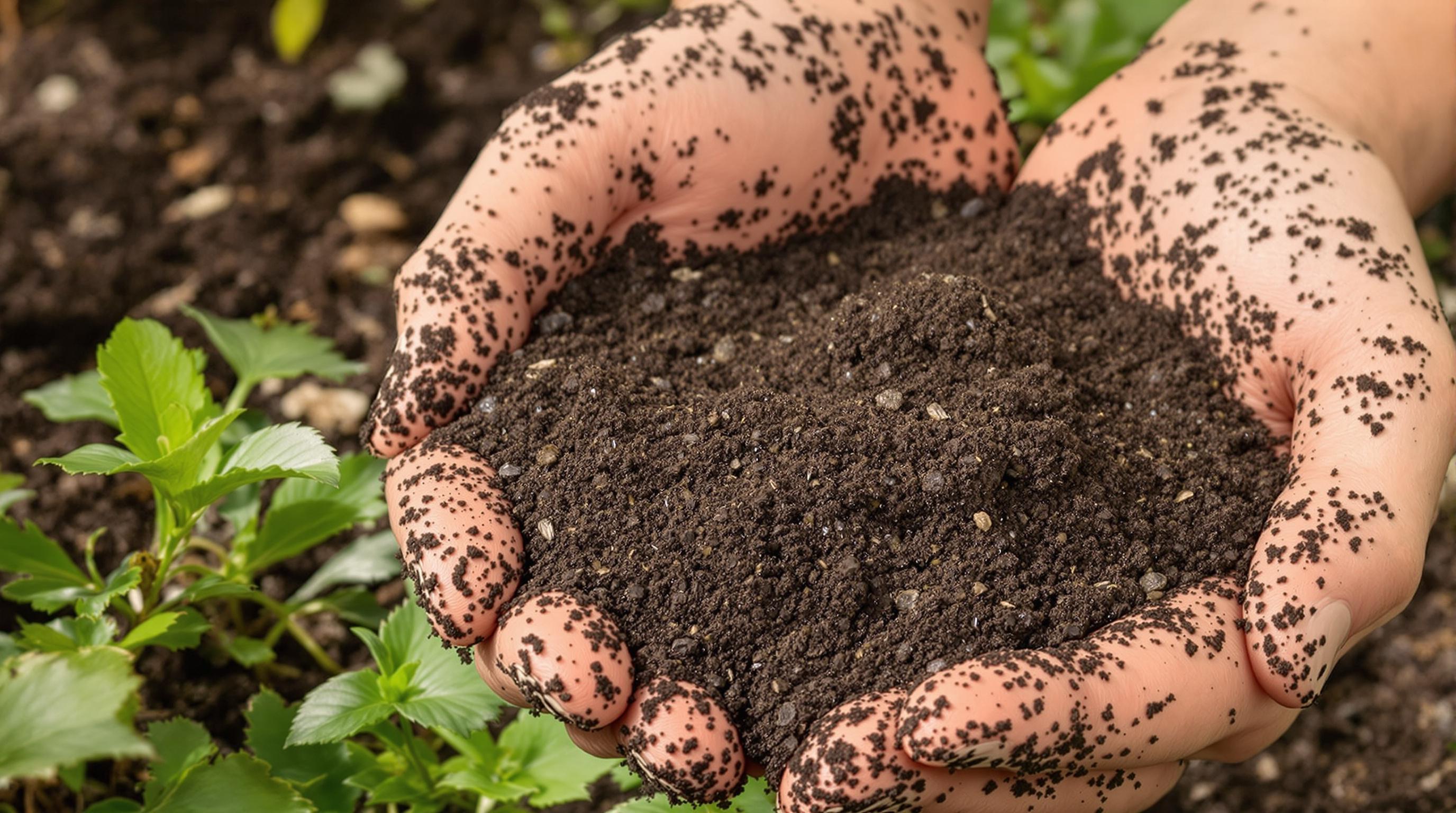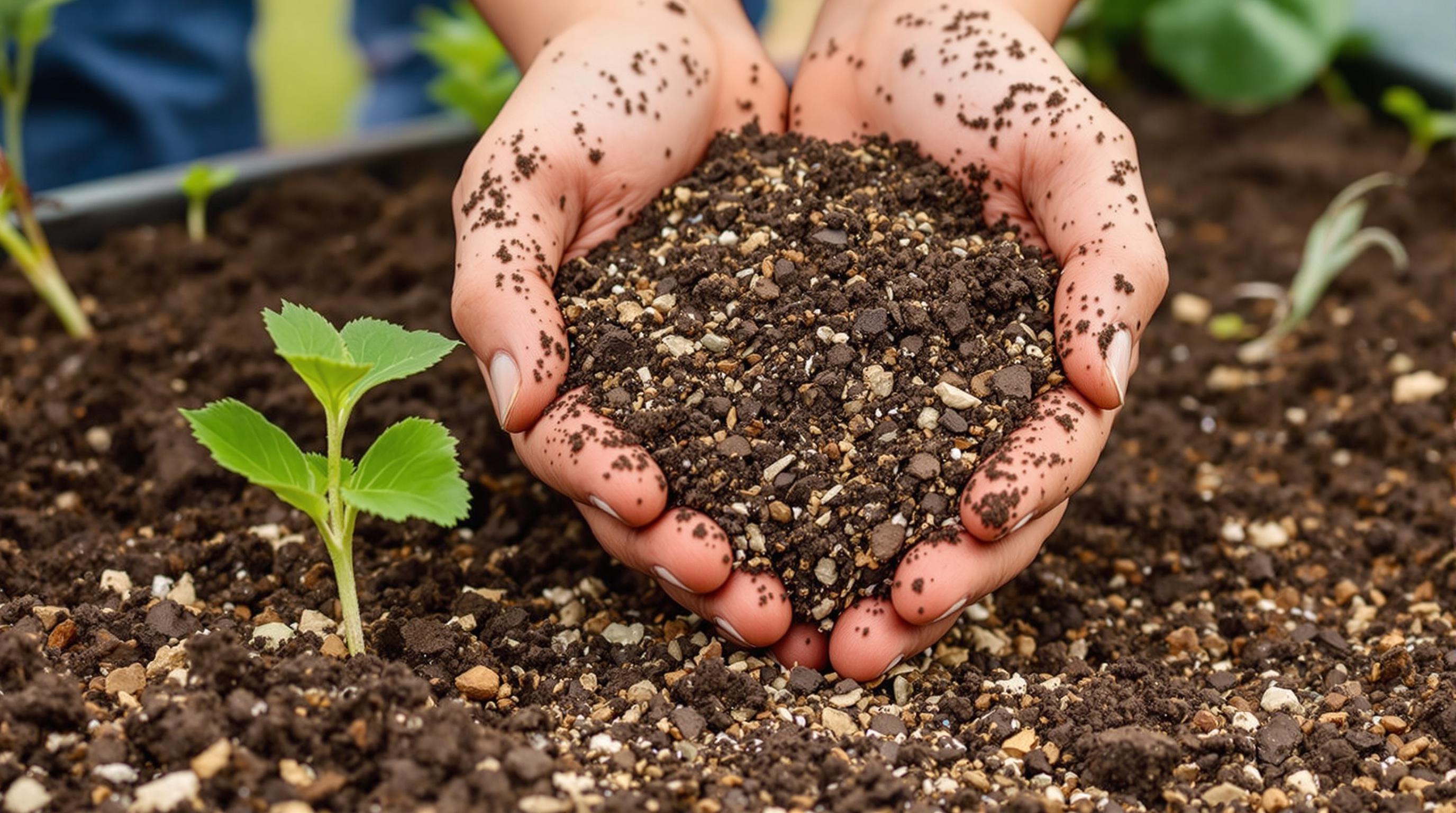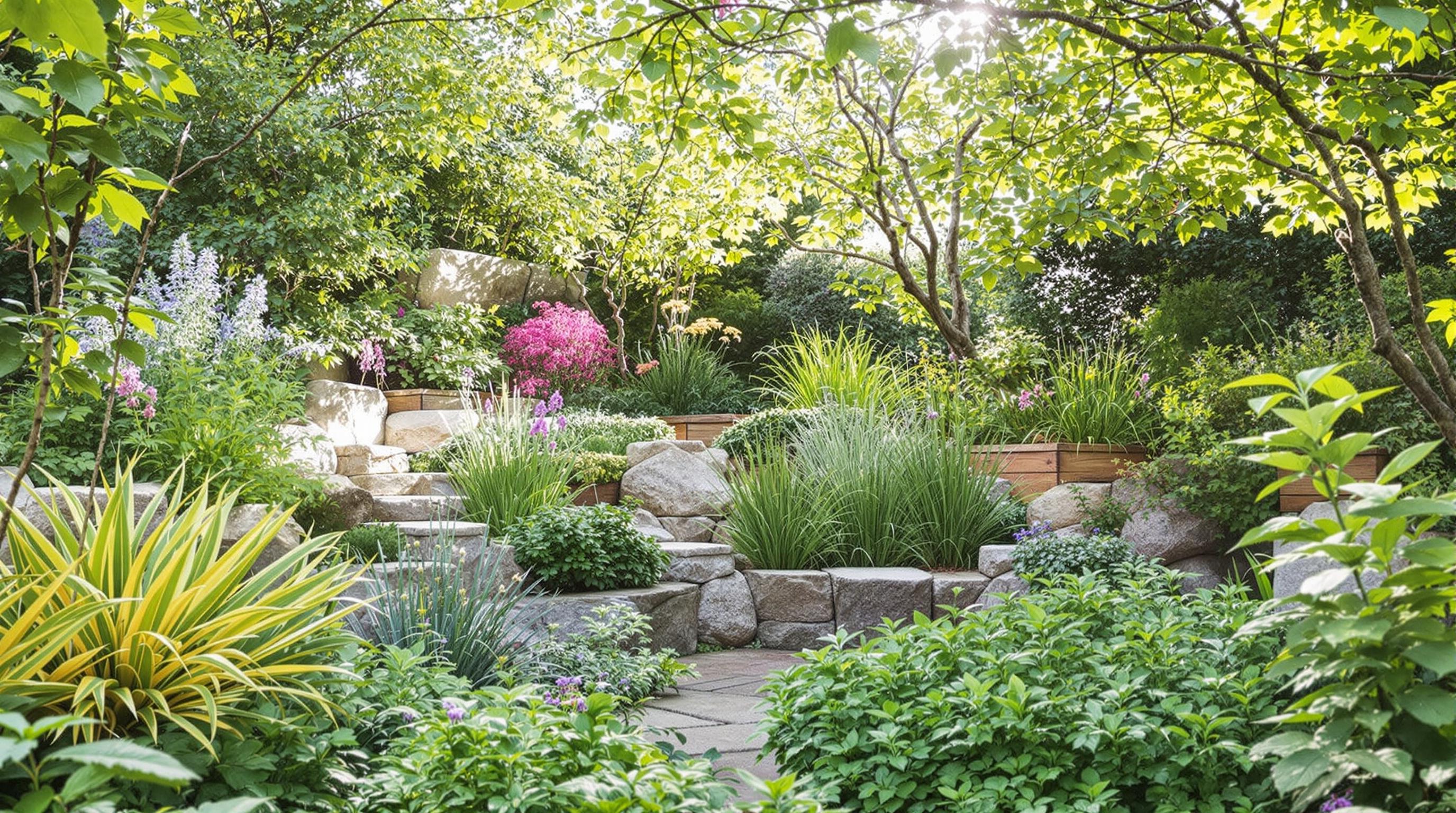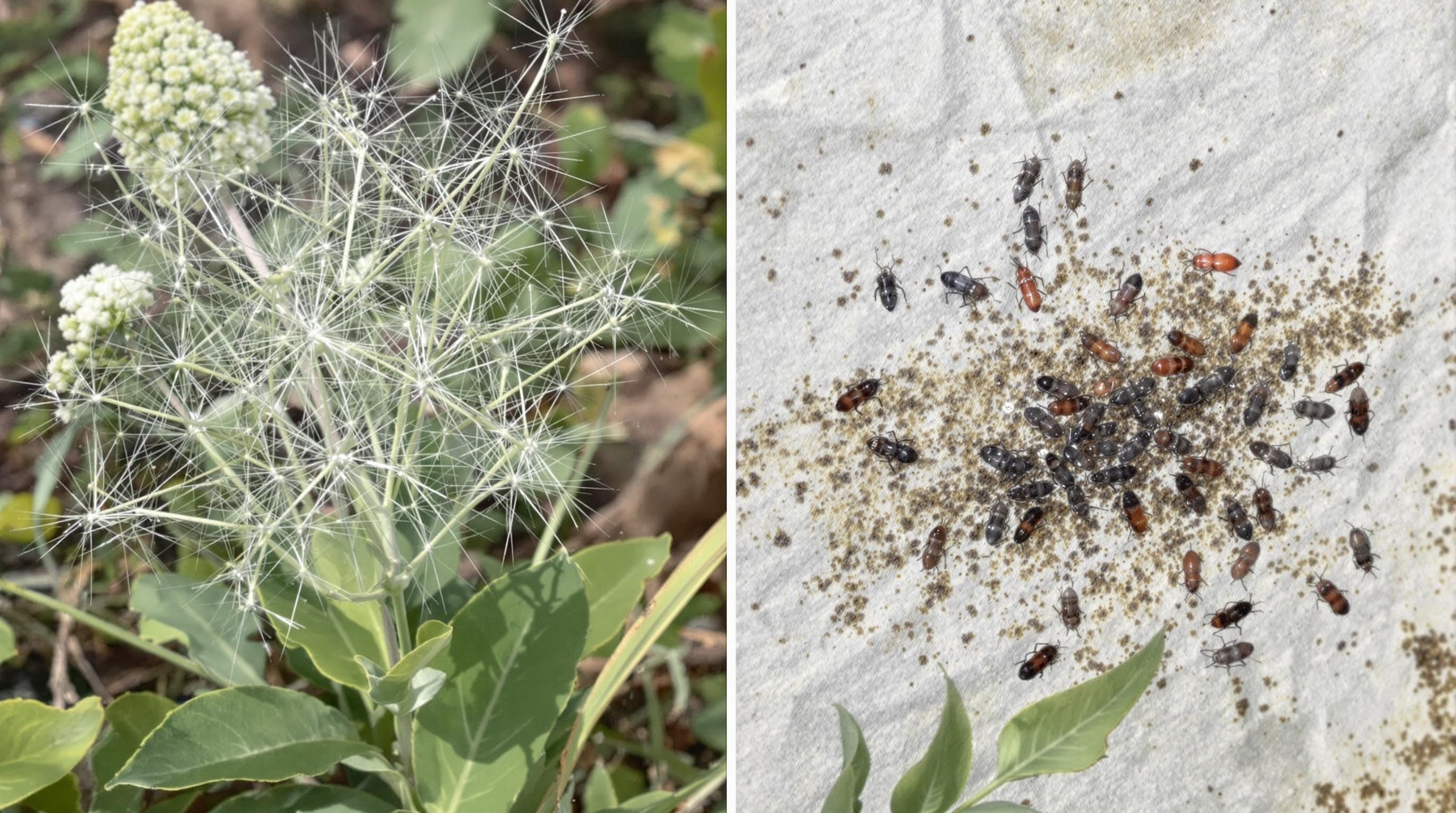Related Articles
- The Hidden Influence of Ergonomics: How Tool Design Shapes Our Physical Spaces and Daily Lives
- The Silent Influence: How Hidden Home Implements Shape Our Daily Routines and Spaces
- The Counterintuitive Role of Chaos: How Messy Tool Storage Can Lead to Unexpected Home Innovations
- Exploring the Unseen: How Audio Experiences Shape the Art of Domestic Spaces and Color Perception
- Rethinking the Mundane: How Everyday Objects are Becoming the Canvas for Modern Artistic Expression in Home Spaces
- Cultivating Chaos: The Surprising Benefits of Embracing Weeds in Your Garden Ecosystem
10 Unusual Edible Flowers That Will Elevate Your Garden Aesthetics and Add Flavor to Your Culinary Creations
10 Unusual Edible Flowers That Will Elevate Your Garden Aesthetics and Add Flavor to Your Culinary Creations
10 Unusual Edible Flowers That Will Elevate Your Garden Aesthetics and Add Flavor to Your Culinary Creations
1. Nasturtium
Nasturtiums are not only beautiful, with their vibrant hues of orange, yellow, and red, but they also pack a peppery punch that can enhance a variety of dishes. These flowers can be tossed in salads or used as garnishes for soups, pizzas, and even desserts. Their leaves are also edible, offering a similar flavor profile.
This plant thrives in garden beds or containers, requiring minimal maintenance, making it an ideal choice for novice gardeners. The entire plant is edible, meaning you can enjoy both the flowers and the leaves in your culinary creations. With a rich growth habit, they can spill over pots and attract beneficial pollinators to your garden.
In addition to their culinary uses, nasturtiums have health benefits as well. They are rich in Vitamin C and have antimicrobial properties, making them a fabulous addition to your garden both visually and nutritionally.
2. Calendula
Calendula, often referred to as pot marigold, boasts bright yellow and orange flowers that can brighten up any dish. The petals have a slightly spicy flavor, similar to saffron, making them perfect for infusing oils or adding color and taste to salads and rice dishes.
This flower is not only tasty but also beneficial for your skin. Calendula is frequently used in herbal remedies and skincare products due to its anti-inflammatory properties. You can grow it easily in the garden, and it often blooms from spring to fall, providing a long season of beauty and utility.
The flowers can be preserved by drying them, allowing you to enjoy their vibrant color and flavor even in the off-season. This makes calendula a versatile addition to your garden and kitchen.
3. Borage
Borage is a striking plant with star-shaped blue flowers that are not only visually appealing but are also refreshingly sweet. The leaves and flowers are edible, and borage flowers are often used in cocktails and as garnishes. Their cucumber-like flavor can add a unique twist to your summer drinks.
In addition to being an attractive addition to your garden, borage acts as a great companion plant. It attracts pollinators, like bees and butterflies, which can help improve the productivity of your vegetable garden. The plant is easy to grow, requiring plenty of sunlight and well-drained soil.
Beyond their culinary uses, borage flowers can also be infused into oils or infused in vinegar, creating aromatic and flavorful extracts used in various dishes and dressings.
4. Chive Blossoms
Chive blossoms add a pop of purple color to your garden while providing a mild onion flavor to dishes. These flowers are perfect for garnishing salads, soups, or adding to cream cheese spreads, blending flavor and aesthetics seamlessly.
Chives are perennials and extremely hardy, making them an easy choice for gardeners. The blossoms usually bloom in late spring to early summer, providing a culinary treat right after your early planting season. The flowers can also be used to infuse oils for marinades or dressings.
As an added bonus, chives are rich in vitamins A and C, and can help reduce cholesterol levels. Incorporating them into your dishes not only enhances their flavor profile but also boosts their nutritional value.
5. Lavender
Lavender, with its lovely purple spikes, is renowned for its aromatic qualities but is also edible. The fragrant flowers impart a sweet and floral taste, making them perfect for teas, desserts, and savory dishes that require an exotic touch.
To grow lavender, ensure ample sunlight and well-drained soil. This perennial herb attracts pollinators, enhancing not only the beauty of your garden but also its productivity. Beyond cooking, lavender is also widely used in aroma therapies and can have calming properties.
For culinary uses, you can dry the flowers to preserve their flavor, allowing you to add a hint of lavender to dishes year-round. Just be cautious with the amount, as its powerful flavor can easily overpower other ingredients.
6. Safflower
Safflower is often overshadowed by its counterpart, saffron, but it boasts its unique beauty and taste. The vibrant orange-red petals can be used in salads or as a dye for culinary purposes, adding both aesthetic appeal and a subtle taste.
This flower thrives in warm, sunny climates, making it an excellent choice for home gardens in hotter regions. Beyond their culinary applications, safflower seeds are also used to produce oil, adding to its versatility.
Additionally, safflower can provide health benefits, such as lowering cholesterol and aiding in weight management. Growing this flower not only beautifies your garden but also offers various culinary and health opportunities.
7. Hibiscus
Hibiscus flowers are known for their stunning appearance and tart flavor. They can be used fresh in salads or dried to create hibiscus teas, providing a refreshing beverage option, especially in summer months.
This tropical flower thrives in warm climates, producing large, colorful blooms mesmerizing to the eye. When dried, hibiscus can be incorporated into desserts, jams, and glazes, offering a unique flavor twist to your culinary creations.
Rich in antioxidants, hibiscus can also contribute to heart health. By cultivating hibiscus in your garden, you can create a visually appealing space while also adding a nutritious element to your kitchen.
8. Geranium
Many may not realize that certain varieties of geraniums, particularly scented types, are edible. The uniquely flavored petals can add a fragrant note to salads and desserts, lending them a refreshing floral essence.
Geraniums thrive in containers and window boxes, making them a lovely addition to patios or balconies. They require moderate sunlight and well-draining soil, making them an accessible choice for any gardener.
In addition to their culinary uses, geraniums can also help repel pests in your garden, making them not only a beautiful but also an environmentally beneficial option in your gardening setup.
9. Purple Coneflower
Purple coneflower, or echinacea, is celebrated for its health benefits but also can be enjoyed in salads or brewed into teas. The petals have a mildly sweet flavor, making them a versatile addition to your culinary repertoire.
This hardy perennial flower can withstand various weather conditions, attracting pollinators and beneficial insects to your garden. They bloom in mid-summer, brightening your landscape and providing a continuous food source for wildlife.
Beyond aesthetics and culinary applications, echinacea is often used in herbal medicine for its immune-boosting properties. Growing purple coneflowers in your garden offers a multitude of benefits for both your culinary adventures and your overall well-being.
10. Sweet Potato Vines
The beautiful flowers of sweet potato vines are often overlooked in gardens, but they are edible and carry a slightly sweet flavor. The blossoms can be used to garnish dishes or added to salads, bringing a delightful touch to your plate.
These vigorous growers thrive in a variety of conditions, making them a bounty for gardeners looking for low-maintenance options. The vibrant greens and blooms can cover trellises or spill over containers, creating an attractive visual display while also being functional.
Sweet potato flowers are not only a decorative addition but also contribute to the overall growing season, leading to delicious tubers that offer a plethora of culinary opportunities. By including sweet potato vines in your garden, you enhance both its beauty and flavor potential.
